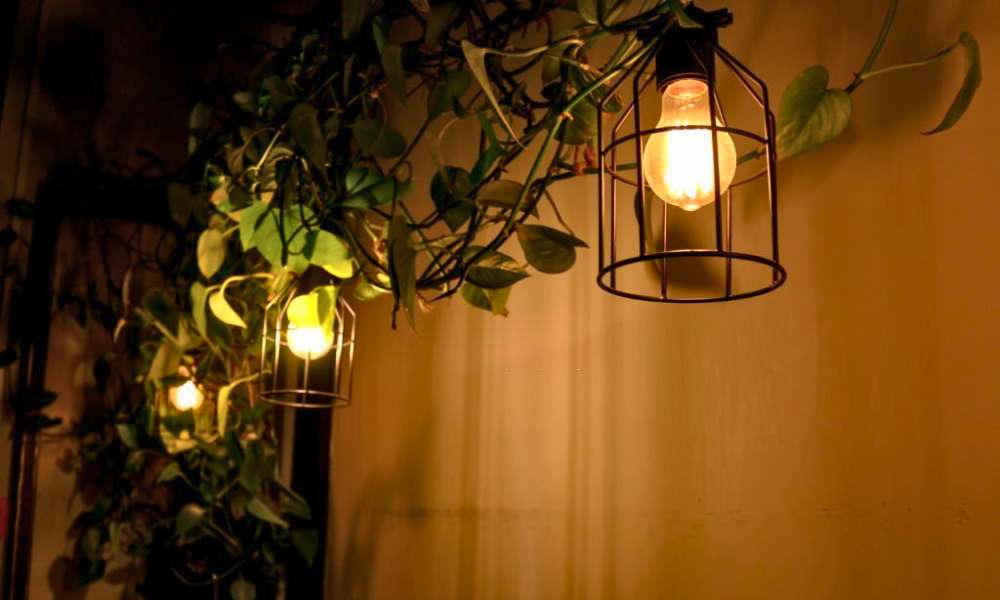Outdoor lighting can transform the look And feel of your home’s exterior, Creating an inviting ambiance And enhancing its aesthetic appeal. Unsightly wires running across your yard or garden can detract from the beauty of your outdoor space. Hiding these wires is easier than you may think. In this article, We will explore some effective ways to hide outdoor lighting wires And Achieve A clean And polished look for your home’s outdoor lighting system. Whether you’re installing new outdoor lights or simply looking to tidy up existing wiring. Concealing electrical cables can be A daunting task. But with the right tools, Materials, And techniques at hand, It doesn’t have to be complicated or time-consuming.
Benefits Of Hiding Outdoor Lighting Wires
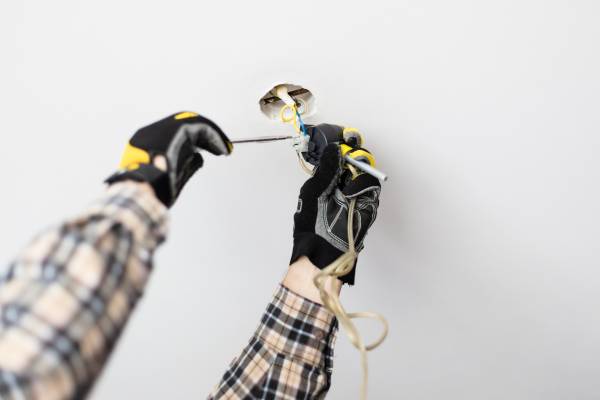
Outdoor lighting can add A beautiful And functional touch to any outdoor space. The wires that come along with it can be unsightly And hazardous. That’s why hiding exterior lighting cables are an important aspect of landscape lighting design.
Enhanced Aesthetics
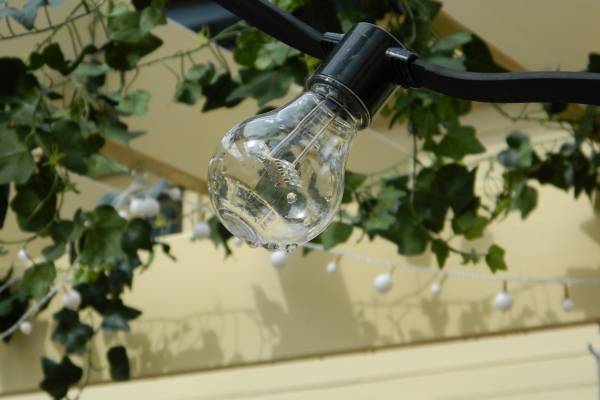
One of the most notable benefits hide outdoor lighting wires is the noticeable improvement in the aesthetics of your outdoor space. An uncluttered landscape significantly enhances the overall appeal of your garden or patio. By neatly hiding the cables, The focus shifts to the lighting fixtures themselves And the ambiance they create, Rather than the unsightly cables. It enables A seamless blend of light And shadows, Ensuring your outdoor living area or landscaping features are illuminated to their best advantage. The beauty of your garden or outdoor setting remains undisturbed And enriched.
Safety And Reduced Tripping Hazards
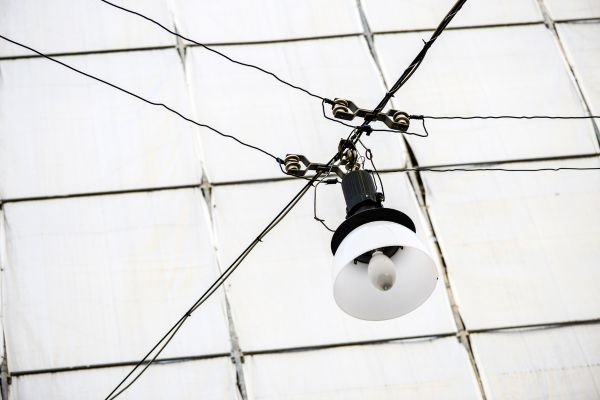
Hiding exterior lighting cables also significantly reduces the risk of tripping hazards. Exposed wires can be A potential safety concern, Especially in high-traffic outdoor areas or if you have young children or pets. They can pose A danger if tripped over, Leading to personal injury or even damaging the lighting system itself. By effectively hiding these cables, You’re creating A safer environment for everyone to enjoy. Minimizing the chances of accidents, And ensuring the integrity of your outdoor illumination.
Protection From Damage
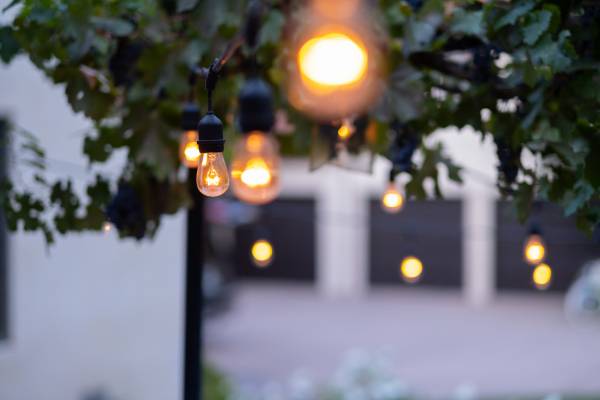
Shielding your exterior lighting cables from exposure also provides them with added protection from various elements And potential physical damage. Exposed cables are susceptible to weather conditions, Be it heavy rain, Snow, Or extreme temperatures. Which can degrade the insulation And lead to faults or even electrical fires. Wires can be vulnerable to damage from animals or garden maintenance activities. Hiding the wires protects them from such harm, Ensuring A consistent And reliable lighting source for your outdoor spaces.
Longer Lifespan
Hidden wires often lead to A longer lifespan for your outdoor lighting systems. The cables are less likely to experience wear And tear or damage from environmental factors when appropriately concealed. This means less maintenance or replacements, leading to lower costs in the long run. Well-preserved cables ensure A more reliable operation of your lighting system. Allowing you to enjoy your beautifully lit outdoor spaces without interruption.
Increased Property Value
Hidden exterior lighting cables can contribute to an increase in property value. A well-lit, Safe, And aesthetically pleasing outdoor space is A sought-after feature for potential homebuyers. It demonstrates the care And attention given to the property And its maintenance. The added security And safety of well-installed lighting can also be A selling point. Taking the time to properly install And hide your outdoor lighting wires can serve as A valuable long-term investment for your property.
Why Are You Hiding The Outside Light Wires?
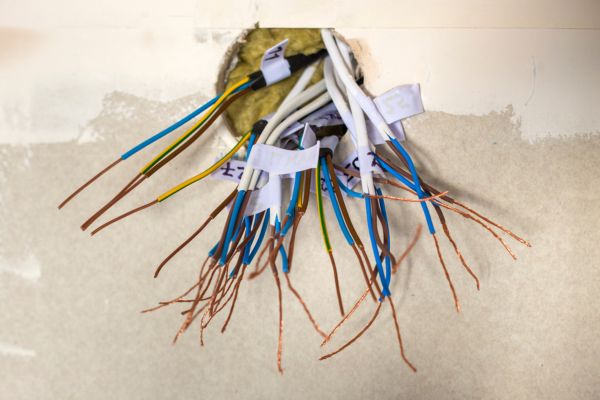
We’re hiding the outside light wires for A couple of reasons. It enhances the aesthetic appeal of the outdoor space by reducing visible clutter. Also increases safety as exposed cables can be A trip hazard or be affected by weather conditions which can lead to shorts or even fire. Concealed wiring helps protect the cables from potential damage from animals or vandals.
Here Are Some Steps For How To Hide Outdoor Lighting Wires
Plan The Lighting Layout
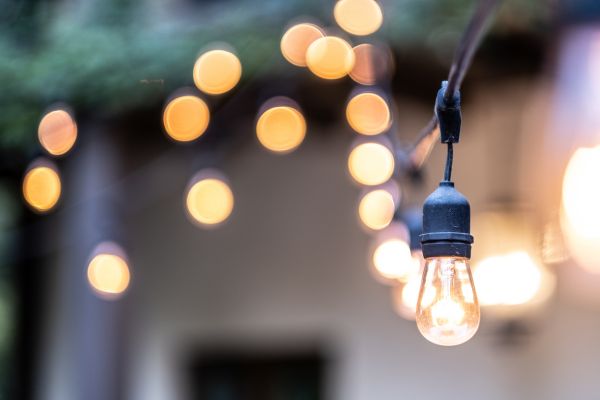
Before diving into the nitty-gritty of hiding exterior lighting cables, It’s crucial to map out A lighting layout. Consider the optimal placement of lights And how they can enhance the outdoor space aesthetically And practically. Sketch out your yard or outdoor space, Noting key features such as pathways, Patios, Trees, Or sculptures that need to highlight.
Make sure the light fixtures are close enough to A power source to reduce the length of the wire required. Also, Account for the required spacing between each light to ensure adequate illumination without overwhelming the space. The better the planning, The smoother the installation process will be, And the less visible your cables will turn out.
Choose The Appropriate Wire Type
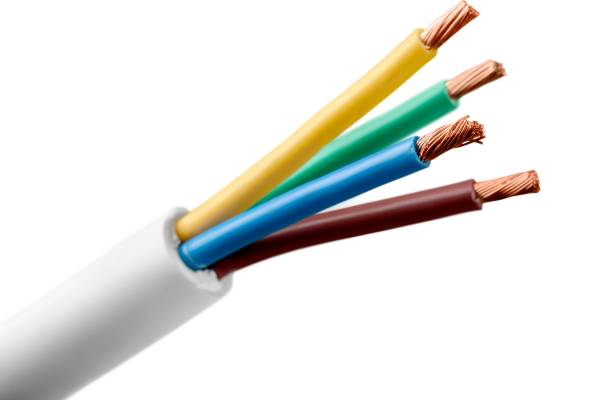
Different types of outdoor lightings, Such as low-voltage, LED, Or solar, Require different wire types. Typically, Low-voltage outdoor lighting uses 12 or 16-gauge wires, But it’s important to refer to the lighting manufacturer’s guidelines. Opting for A direct burial (DB) wire, Specifically designed for outdoor usage, Can withstand the elements And can bury directly into the ground without needing additional protection. Cautious of local codes And regulations regarding outdoor electrical wiring, As they can vary.
Dig A Trench
To effectively hide outdoor lighting wires, Digging A trench is often the most reliable method. The depth of the trench should comply with local codes but is typically around 6 inches for low-voltage lighting. It’s also wise to call A utility locator service before digging to ensure there aren’t any utility lines in your planned trench path.
Once you have your trench, Lay the cables carefully, Ensuring they aren’t tugged or stretched too tightly between fixtures. Once the cables are in place, Cover the trench with the soil you initially dug up, Ensuring that it’s packed down firmly.
Lay Conduit Or Pvc Pipe (Optional)
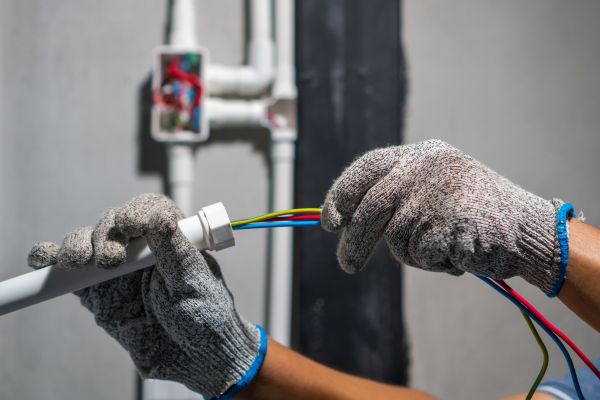
Although not always necessary, A Laying conduit or PVC pipe can provide extra protection for your wires. This is particularly useful in areas where the ground may disturb, Such as near driveways or walkways. To use this method, Simply run your cables through the conduit or PVC pipe before placing it into your trench.
This creates A physical barrier against potential damage. As a bonus, Conduit or PVC pipe can also make future maintenance or wire replacement easier, As you can pull new cables through the existing conduit without having to re-dig your trenches. Do consider the visual impact of the conduit or PVC pipe, As they might be slightly visible above ground.
Position The Wires
Positioning the wires effectively is A significant step in hiding exterior lighting cables. The layout should follow your initial planning, With each wire running from one lighting fixture to the next, ultimately leading to the power source. Keep the wires as close to each light fixture as possible to keep them hidden And protected.
Whenever possible, Run cables along the edges of hardscaping elements like retaining walls, Deck edges, Or even beneath the gutter downspouts. Using existing structures to camouflage your wires is an effective technique that can help in making them almost invisible.
Connect The Wires
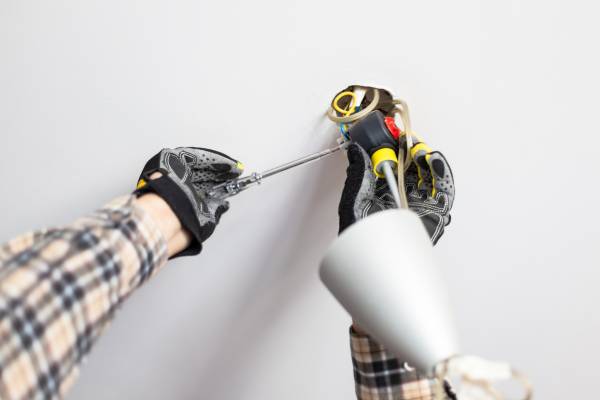
The next step is connecting them to the lights And power source. This is where safety And functionality come into play. Each light will have A specific method of connection, Often involving stripping the ends of the wire, then connecting them to the leads on the light fixture with wire nuts or other connectors provided by the manufacturer.
Following this, Ensure the power source connection is secure. It’s crucial to follow the manufacturer’s instructions And local codes, And if you’re unsure, Don’t hesitate to consult with A professional electrician. The ultimate goal is A reliable And safe electrical connection that is also discreet, With all connected wires neatly tucked away.
Secure The Wires
Once positioned And connected, Wires should secure in place using specific outdoor-grade clips or wire staples. Secure them along the structures you’re using for hiding, Such as walls, Fences, Or beneath deck edges. If you’re running cables through plant beds, Bury them slightly beneath the soil or mulch, Or use landscape staples to keep them in place.
It’s important to keep the wires taut And flat against the surfaces to maintain their discretion. Remember to avoid securing them in places where they could accidentally damage, Like high foot-traffic areas or spots where gardening tools might hit them.
Cover The Wires
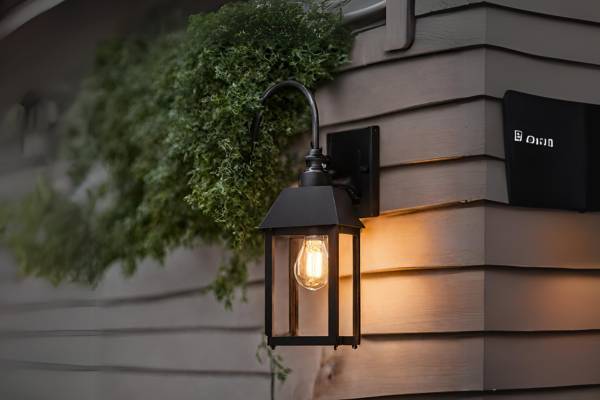
Covering the wires plays A major role in ensuring they are not visible, thereby enhancing the overall aesthetics of your outdoor space. The best methods of cover can depend on where your wires are running. For cables along A house or fence, Consider using wire covers or channels that match the color of the surface they’re attached to, Making them blend in And become less noticeable.
If your wires are running through A garden or lawn, Covering them with soil or mulch effectively hides them from view. Be sure to pack the soil or mulch down gently to avoid damaging the wires. The wires are not only disguised, But they also receive an additional layer of weather protection thanks to this.
Test The Lights
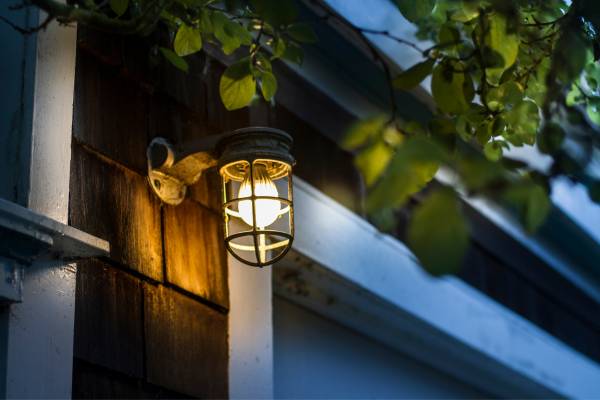
This step ensures that all the connections have been made correctly And that the lights are functioning as expected. Plug in or turn on the power source And check each light fixture. If any of them aren’t working, Recheck the connections for that fixture And make sure the wiring hasn’t been damaged or dislodged during the covering process. A successful test not only confirms that your lighting system is working perfectly But also ensures that you’ve successfully hidden the wires without disrupting their functionality.
Restore The Landscaping
Any disruptions to the lawn, Garden beds, Or other landscape features during the wiring process should be repaired And tidied. This might involve replanting grass, Replacing mulch, Or even realigning decorative stones. It’s crucial to take the time to restore your landscaping to its original condition – this will not only make the wires even less visible but also preserve the overall look And feel of your outdoor space.
Conclusion
Hiding outdoor lighting wires can be A challenging hide task. With the right tools And techniques, It is possible to achieve A clean And polished look for your outdoor space. Remember to plan, Use appropriate materials, And take safety precautions when working with electricity. Whether you choose to bury or conceal your wires in other ways, Make sure they are protected from the elements And remain accessible for maintenance purposes. By following these tips, You can enjoy A beautifully lit outdoor environment without unsightly cables detracting from its aesthetic appeal. Happy lighting!
